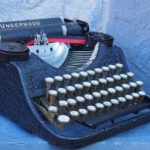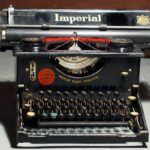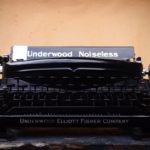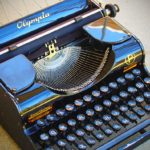the 1930s

The 1930s saw an explosion of new model variations that catered to a wide variety of buyers, most of whom were suffering the effects of the Great Depression. Stripped down, bare-bones machines that got the job done without any fanfare or creature comforts.
 |  |  |
 | 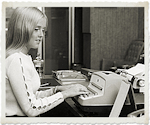 |  |
 | ||
Typewriter Condition Glossary
| Condition | Rating Description | |
|---|---|---|
| [F] Typewriter Function | Fully functioning model, can be reliably used as a typewriter | |
| Partially functioning model, can be used as a typing prop | ||
| Non-functioning model, display only | ||
| Not Available - please contact us for information concerning this model | ||
| [A] Physical Appearance | Excellent cosmetic condition, could pass as a new model | |
| Excellent cosmetic condition from limited camera angles | ||
| Good cosmetic condition with minimal signs of normal wear | ||
| Good cosmetic condition from limited camera angles | ||
| Poor cosmetic condition showing heavy wear (or staining, corrosion, etc.) | ||
| Relic condition (obvious signs of disuse, corrosion, decay, damage) | ||
| Not Available - please contact us for information concerning this model | ||
| Notes | Standard | Office/full-size typewriter |
| Portable | Home/personal typewriter, typically around half the size and weight of a Standard model | |
| Ultra-Portable | Very compact, suited for travel, typically around 30 percent smaller and lighter than a portable model |



